Creating a Positive, Engaging Team Culture
Live Webinar Date: January 21, 2019 Register Here In this webinar you’ll learn the value of creating a positive, engaging team culture in establishing a business positioned for sustainable growth.
Shermara Walker is an HR expert who has dedicated her career to advancing the HR community. Her primary focus is helping businesses grow through recruiting, equipping, managing and inspiring their teams to adopt a high-performance culture. She provides small and newly established businesses with cost-effective, results-oriented human resource management services, ensuring & exponentially increasing the organization’s success.

Shermara Walker
HR Consulting & Services
In This Webinar You Will Learn…
- What is a positive, engaging team culture?
- Why is it important to have a positive, engaging team culture?
- What are the elements of a positive, engaging team culture?
- Defining the position, responsibilities and expectations
- Hiring well
- Onboarding well
- Managing and Communicating
- Checking in, tracking performance against expectations
- Handling closure and transition gracefully
Benefits of Attending This Webinar
- You’ll create a workplace that is more productive, happy and enjoyable.
- You’ll find it easier to attract top talent.
- You’ll experience greater employee retention.
Webinar Slides
Webinar Notes
“Creating a Positive, Engaging Team Culture”
- What is a positive, engaging team culture?
- Why is it important to have a positive, engaging team culture?
- What are the elements of a positive, engaging team culture?
- Defining the position, responsibilities and expectations
- Hiring well
- Onboarding well
- Managing and Communicating
- Checking in, tracking performance against expectations
- Handling closure and transition gracefully
What is a Company Culture?
- A company is said to have a positive culture if its existing norms, values and systems facilitate its growth and development as well as a healthy relationship between its staff and management.
- A positive company culture affords employees respect while expecting quality work every day, it encourages collaboration and trust between the employees and management.
- A company is not an aggregate of its employees and management. It is a fully functional organism on its own.
- Company culture is intrinsic to the company; employees do not influence the company’s culture.
- Company culture is more implied than official; it is the unwritten codes of conduct that determine whether or not an employee tells her boss of her new ideas or the problems she encounters in the course of her job.
Creating a Company Culture
A company’s culture is formed 2 different ways:
- An active process where management takes the initiative and creates the culture.
- A passive process where the culture is left to chance.
What is a Positive, Engaging Team Culture?
- A positive team culture will develop as team members approach individual responsibility in a manner that ensures a positive result for everyone else on the team.
- As a leader, you model this behavior when you include the team, or individual members in decisions that affect them, which then leads to employees feeling passionate about their jobs, committed to the organization, and put discretionary effort into their work.
Why is it important to have a positive, engaging team culture?
In a recent survey of more than 1,400 US CEOs, over 90% of them agreed that culture was important in their company and that they believe that improving their company’s culture would improve its value. Furthermore, more than 50% of respondents said that positive company culture contributes to productivity, creativity and overall growth rates.
Where do you begin?
Grow off your current culture:
- Building a positive corporate culture doesn’t mean employers should completely scrap everything their company currently stands for.
- Rather than expecting employees to do a complete 180, employers should work on enhancing the current culture they have.
- Ask employees what they do and don’t like about their current culture and work environment.
- Leaders should use these suggestions to help create a positive corporate culture that’s appropriate for their workforce.
- Taking these steps helps build a positive corporate culture.
Further nurture your growing team culture:
- Create Goals: No organization can have corporate culture without clear goals in place. Employers should gather with their team to create goals and objectives that everyone can work towards. Creating a company goal brings employees together and gives everyone something specific to work towards–other than a paycheck.
- Encourage Positivity: In order to build a positive culture, employers need to start by encouraging positivity in the workplace. It’s essential to promote positivity on a daily basis. Employers should lead by example by expressing gratitude, smiling often and remaining optimistic during difficult situations. Employees are much more likely to engage in positive behavior when they see their employers doing so.
- Emphasize Employee Wellness: No organization can expect to foster a positive culture without healthy employees. Employees need to feel their best – physically, mentally and emotionally – in order to contribute to a positive culture. In many ways, employee wellness is a foundation for a positive corporate culture. Leaders should ensure that employees have the resources, tools and on – site healthcare opportunities they need to live their healthiest life – inside and outside of the office.
- Create an environment of trust and foster social connections: Workplace relationships are an essential element to a positive company culture. When employees barely know their colleagues and rarely interact, there’s no possible way for a strong culture to grow. Leaders need to provide employees with opportunities for social interactions in the workplace. Consider weekly team meals, happy hour excursions or even a book club to get things started.
Benefits of a healthy and positive culture
- Financial Benefits: At the economic level, a well – developed culture brings dramatic, sustained increases in productivity and performance. This is no surprise given that psychologists estimate that the average employee contributes only 20% of their potential.
- Recruiting: A well – developed company culture, clearly stated in promotional materials, is a powerful recruiting point. Companies with an open, participative workplace, where people enjoy working and have broad opportunities for growth and creativity, attract top candidates. One of the measures of an excellent work culture is that existing employees urge their friends to join.
- Better Employee Engagement: When employees are happy in a positive workplace, they work harder, are more focused, and are more engaged in the work they need to do. When employees are unhappy, stressed, or exposed to a negative workplace environment, they tend to disengage, which negatively impacts productivity and the bottom line.
- Greater Loyalty: When a positive workplace culture is fostered, employees are happier, more committed to their employer, and more loyal. Reduced turnover in the workplace is good for everyone, not the least of which the business, which doesn’t have to endure the time and expense of hiring and training new workers.
- Fewer Absences: Remember the first benefit we discussed, better health? Healthier employees are less likely to be absent from work, which can cost employers a significant amount of money in terms of productivity lost.
What can affect your culture negatively and how to avoid negative impact?
- Toxic employees: Too much competition and a toxic work environment lead to a decrease in knowledge sharing, an increase in company politics and a transfer of destructive norms.
- Focus on profit: A combined Columbia and Duke University study, found that a focus on figures over people can encourage unethical behavior. Shiva Rajgopal of Columbia University explained, “Our research provides systematic evidence — perhaps for the first time — that effective cultures are less likely to be associated with short – termism, unethical behavior or earnings management to pad quarterly earnings.
- Poor communication: Companies must ensure leaders at all levels communicate values, vision, norms, goals and major changes effectively and regularly so that employees fully understand the processes taking place.
- Resistance to Change: Phrases such as “we always do things this way,” “that won’t work here” and “it’s not my problem” hinder progress.
How does Negative Culture Affect Your Retention with Your Organization and How to Mitigate it?
- Nothing affects employee morale more insidiously than persistent workplace negativity. It saps the energy of your organization and diverts critical attention from work and performance.
- Negativity can occur in the attitude, outlook, and talk of one department member, or in a crescendo of voices responding to a workplace decision or event.
- Although most dissatisfied employees will remain in the company for a steady paycheck, there are times where the toxicity becomes unbearable and they decide to try out their chances elsewhere
Elements of a Healthy Company Culture
- Communication: The way executives communicate with employees — and the way employees talk to each other is a crucial aspect of your culture.
- Incentives, Rewards and recognition: Reward the behavior you want to see. Celebrate behaviors that support and reinforce your culture and values and promote employees who believe in the culture.
- Legends and lore: It’s important to share stories about how the company started or where it came from, as they help employees feel a part of something bigger than just themselves.
- Practices: Of course, values are of little importance unless they are enshrined in a company’s practices. If an organization professes, “people are our greatest asset,” it should also be ready to invest in people in visible ways.
Finding the “RIGHT” Fit!!
How to Define Roles and Responsibilities and Expectations
Steps to Defining the Positions, Responsibilities and Expectations of the Company
- Look at what you have, and what you need: The first thing that management should do is conduct an organizational audit. One simple way of doing this is to make a list of all the existing staff or employees of the company. Next, create another list, this time enumerating the roles and tasks that are performed in the business operations.
- Pay attention to the position description of each position in your organization: Think of the position description as your guide or map, for both the management and the employee to know the direction that they will be taking in their attempt to attain the goals of the organization. The elements of the position description includes: Job description, roles and responsibility, skill set required, experience and educational requirement and performance management and indicators.
- Prepare a final organizational chart: Once the roles and responsibilities of each member of the organization has been clearly defined, it is a good idea to create a final organizational chart, which will also define the relationships between and among all the departments, teams and individuals within the organization. Simply by looking at the chart, the employees will know who they should report to, and with whom they are expected to work or collaborate with.
- Communicate the roles and responsibilities to the employees: There is no point in defining the roles and responsibilities if the employees are not made aware of them. Each employee should be clearly made aware of what is expected of him or her. This can be done through various communication methods, such as direct conversations with the concerned employees, group workshops and trainings and other similar activities.
Defining Staff Position, Responsibilities and Expectations
Here are a few reasons why you should define the positions, responsibilities and expectations of your staff:
- Hiring the right People for the Job: From the beginning, having clearly defined roles will enable management to identify the type of people the company needs, so they can proceed to finding and hiring suitable candidates for the job.
- Improved Collaboration between and among team members: If each employee’s role and responsibilities are defined clearly, collaboration and division of work becomes easy.
- Efficiency: Finding a good fit or match between jobs and people will lessen and even eliminate errors and mistakes and improve quality of work.
Hiring Well
Hiring
- Define the Job Before Hiring an Employee: Different roles in a company require different skill set and personalities. Before going into the hiring process, you must conduct a job analysis which involves collecting information about the duties, responsibilities, necessary skills and expectations of a particular job. This way, your search for the right candidate is streamlined to finding the person who matches the job description; this will simplify things for you.
- Plan your Employee Recruitment Strategy: With the job description in hand, set up a recruiting planning meeting that involves the key employees who are hiring the new employee. The hiring manager is crucial to the planning. At this meeting, your recruiting strategy is planned and the execution begins.
- Use a Checklist for Hiring an Employee: This checklist for hiring an employee will help you systematize your process for hiring an employee. This will help you keep in track of your recruiting efforts.
- Check Backgrounds and References When Hiring an Employee: Effective background checks are one of the most important steps when hiring an employee. You need to verify that all the presented, sterling credentials, skills, and experience are actually possessed by your candidate.
- Review Credentials and Applications Carefully: Next, you’ll screen all applicants against your list of qualifications, skills, experience, and characteristics. This streamlines the process and ensures that your time is spent on the most eligible candidates.
On-boarding Well
On-boarding refers to the process of orienting new employees in a manner that aids in overall retention. It goes beyond conventional orientation. This process involves getting employees acclimated to their new workplace.
Start Onboarding before Day One
- This one sounds like a no-brainer, but you’d be surprised at how many companies wait until the last minute—or the day of—to start onboarding a new hire. The fact is, the sooner you begin, the more up to speed your new employee will be before he or she starts.
- Also, the time before a new hire starts is prime to begin the dreaded paperwork process. No one wants to spend their first few hours, or days, sitting in HR working their way through a mountain of forms, so send them important documents such as employee handbooks, I-9s, payroll forms, and non-disclosure agreements beforehand.
Take a Community Approach
- Pairing up your new hire with a seasoned employee to teach them the ropes is a tried-and-true method, but maybe it’s time to try a collaborative approach, which builds rapport with other teams much faster than one-on-one onboarding.
- It’s a challenge for any one department to know the answer to every question to arise during onboarding, so it makes sense to rely on each team for their area of expertise
Set Expectations and Goals Early
Setting goals and communicating them at the outset allows new hires to evaluate their own progress during their first few months. A formal performance review will help keep new employees on target, and allow for any course correction early on.
Communication & Culture
Management and Communication
Effective business communication is a two-way process of listening and speaking, and it’s of foremost importance in all phases of daily business life at your middle market company.
- Eliminate assumptions: Many business relationships have unspoken rules with assumptions at their core. This might work for a while, but it’s better for all sides to openly communicate needs and expectations.
- Find a good place and time for all involved to talk: Communication won’t work when one party is distracted. Find a quiet place and, if the communication is difficult, make sure you have privacy.
- Have an “open door” policy: Having real dialogue with managers and CEOs is one of the biggest communication obstacles employees face. They may feel apprehensive about sharing important thoughts with the boss, and as a result, block the flow of effective communication.
- Be patient: Communication is so important—and so hard. It doesn’t eliminate differences, but it does allow for them. Ultimately, good business communication is not about winning; it’s about strengthening relationships. Change doesn’t happen overnight.
- Check in with employees on a regular basis: Checking in with employees is essential for effective management in the workplace. Plan in-person or online meetings every few weeks or months, to discuss projects, issues, and the organization.
Clarity of purpose
- As an employer, you must first have a strong conviction about what you do; because your employees will mostly likely feed off the vibes you give off.
- Then, you must convey this purpose to your staff in a vision and mission statement.
- Give employees specific examples of how their roles positively impact the company and its clients.
- The employees must believe that what they do matters, this has a measurable impact on the success of the company.
Providing feedback
Checking in, tracking performance against expectations
Measuring how well your team is doing their job is more than just eye-opening: it’s vital to the success of your business.
The only way to know what’s working in your organization is by tracking performance against expectations.
Here are a few guidelines to tracking performance in your company:
- Measure both short-term and long-term: The most effective performance measurements encompass both short-term task completion and long-term performance, the latter of which paints a more striking picture of true impact. Find an online platform that lets you easily track short-term goals as well as long-term achievements, such as specific KPIs that can increase or improve over time.
- Embrace Project Management Technology: There are a ton of solutions out there when it comes to apps for managing your construction business. Task management on the job is no exception. Asana, Basecamp, and many others are easy-to-use applications to keep everyone on the team on the same page. They’re also a great tool for employee productivity tracking. They generate an overview of who is doing what and how quickly tasks are being completed. These tools can:
- Keep your employees on task by clearly defining which jobs belong to whom
- Manage expectations by keeping everyone aware of deadlines
- Create an open line of communication when it comes to projects
- Be Transparent with Communication: If your employees know that you are going to be tracking their performance, they’ll put in their best work. If however, they find out that you’ve been tracking their every move in the office without their knowledge; they may be uncomfortable. Share, upfront and honest, with your employees:
- Goals and objectives
- How performance is being tracked
- What expectations are for performance
- This keeps your employees assured and confident of how to meet expectations and how their performance is being measured.
Handling Closure & Transitions
Handling Closure and Transition Gracefully
Endings are super important and if you ever find yourself in a position of a business closure or transition, you’ll need to be equipped with the knowledge of how to handle it gracefully.
Here is how to handle closure and transition gracefully:
- Speak With Employees:
- To show that you respect your employees, speak with them in person about the company closing promptly after making your decision and before you divulge the news to anyone else. Relay your decision when everyone is present to prevent those who are absent hearing it from someone else.
- Deliver the news with compassion bu t be professional and tactful as well.
- Deliver Formal Letters: After speaking with your employees, prepare a formal letter announcing the company closing. Reiterate what you told the employees in the letter and include a timeline for the closing. Make the closing date a Monday rather than a Friday. This allows employees to contact other establishments about job opportunities that same week.
- Provide Resources/Assistance: During your time in business, you likely formed a number of professional relationships. Contact your associates to see if they are hiring and refer your employees to those that are. Give your employees letters of recommendations and refer them to staffing agencies.
- The state workforce agency can prove to be a valuable resource during this period. Many states have a rapid response team that visits workplaces to help employers and employees cope with company closures. Through orientation sessions and workshops, the team provides a variety of services, such as job counseling, job placement, interviewing techniques and Internet access for job search and resume posting.
Retention
Ways to reduce low retention rates due to negative company culture
- Be Proactive: As a manager or human resources professional, you are closely in touch with employees throughout the company. You receive employee complaints, do exit interviews with employees who leave, and know the reputation of your organization in your community. You can monitor the discussions on employee intranets, manage the appraisal and 360-degree feedback process, and coach managers in the appropriate staff treatment. This information helps you learn to identify the symptoms of negativity before its morale-busting consequences damage your workplace. It will also assist you in preventing and curtailing work place negativity.
- Opportunity to express opinions: Make opportunities available for people to express their opinion about workplace policies and procedures. Recognize the impact of changes in such areas as work hours, pay, benefits, assignment of overtime hours, comp
pay, dress codes, office location, job requirements, and working conditions. These factors are closest to the mind, heart and physical presence of each individual. Changes to these can cause serious negative responses. Provide timely, proactive responses to questions and concerns. - Control over their job: Provide opportunities for people to make decisions about and control and influence their job. The single most frequent cause of workplace negativity is traceable to a manager or the organization and deciding about a person’s work without their input.
- Use Consistent Fair Treatment: Treat people as adults with fairness and consistency. Develop and publicize workplace policies and procedures that organize work effectively. Apply them consistently.
- Provide Trust and Respect: Treat your employees as if they are trustworthy and worthy of your respect. Start from a position of trust when you hire a new employee. Verify their performance, truthfulness, and contribution over time to confirm your original position. Do not go with the mindset that people must earn your trust. That positioning ensures that negativity will take over in your workplace. Employees have radar machines and they are constantly scoping out their work environment. If you don’t trust them, they will know you don’t.
- Give Recognition: Provide appropriate rewards and recognition so people feel their contribution is valued. The power of appropriate rewards and recognition for a positive workplace is remarkable. Suffice to say, reward and recognition are two of the most powerful tools an organization can use to buoy staff morale
Got Questions?
Give us a call and we’ll answer them.
Or visit us at https://swhrconsulting.com
Phone: 702.979.2119
Email: info@swhrconsulting.com
Shermara Walker, Chief Executive Officer
Webinar Advertising Flier
Directions:
- Right click on image below.
- Select “save image as” from the right click menu.
- Download the image to your computer.
- Upload the image to your email marketing program or social media post.
- Use the webinar details on this page to create your own version of what this webinar is about and why you think your contacts will find value in this webinar.
- Remember to grab the webinar registration link and add it to your announcement.




















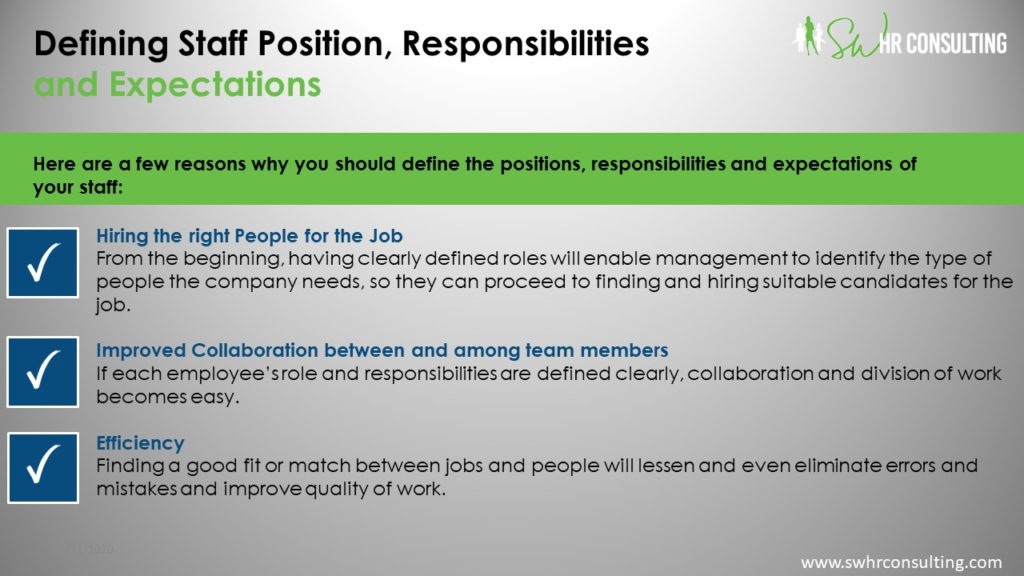

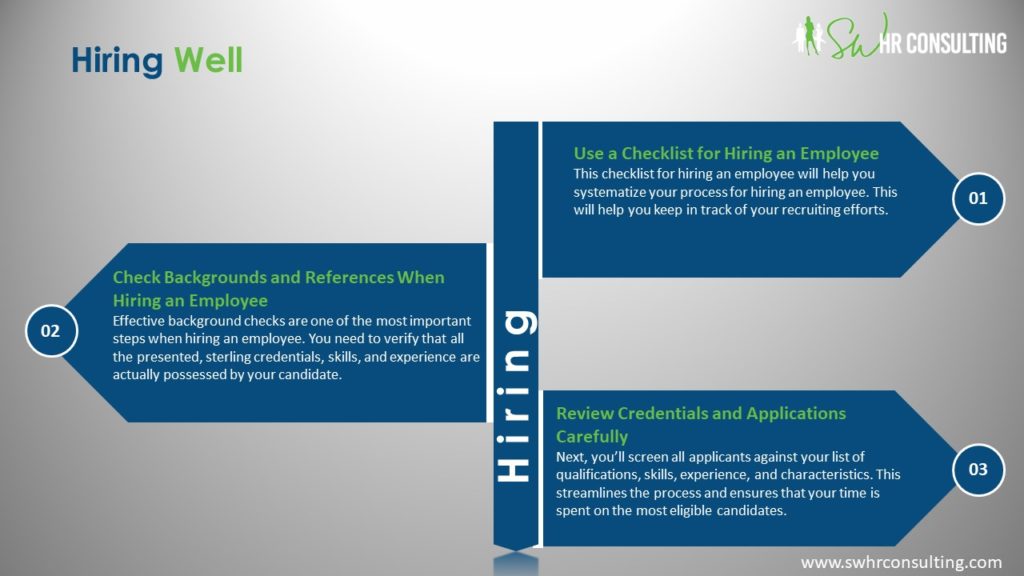
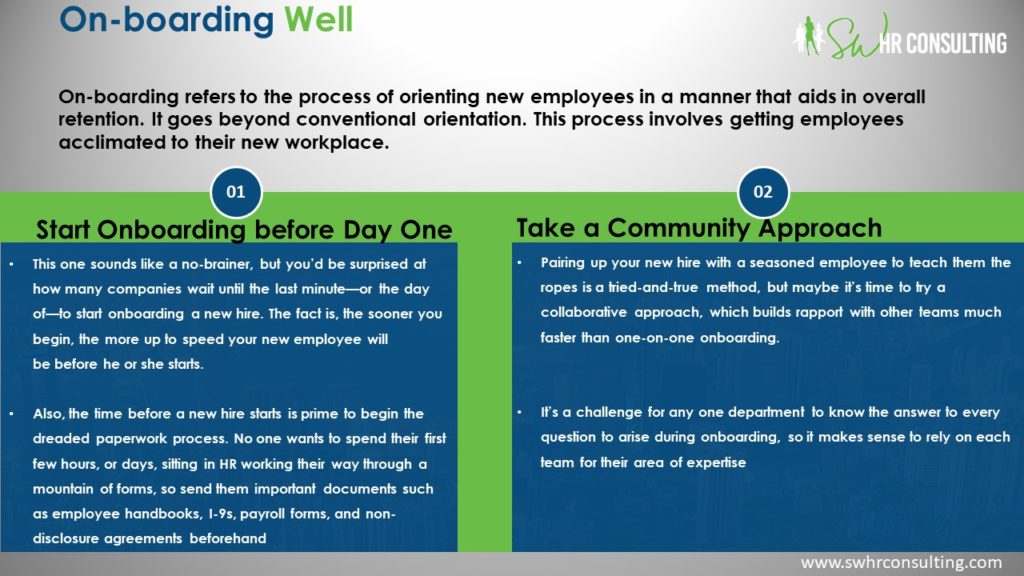
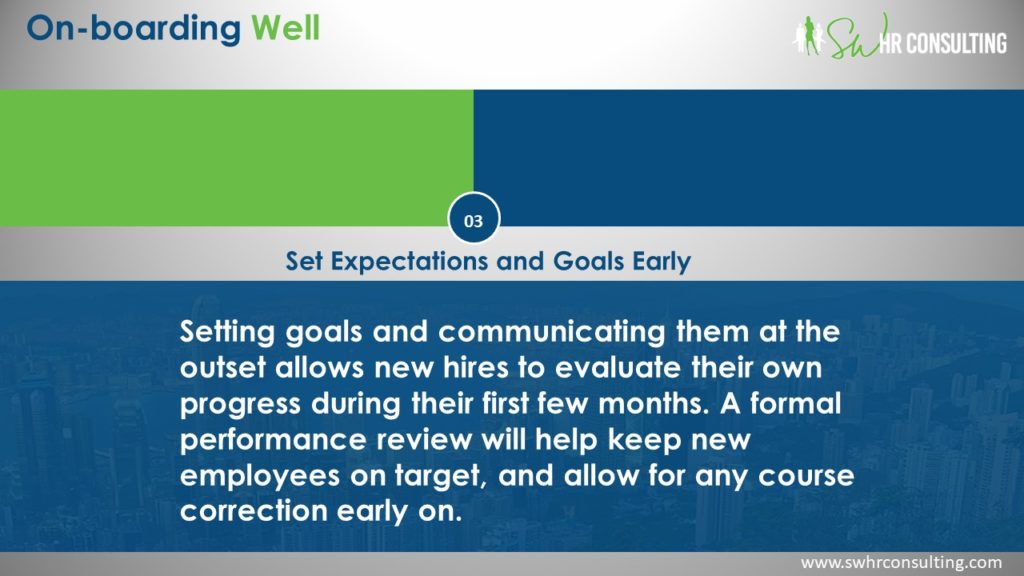

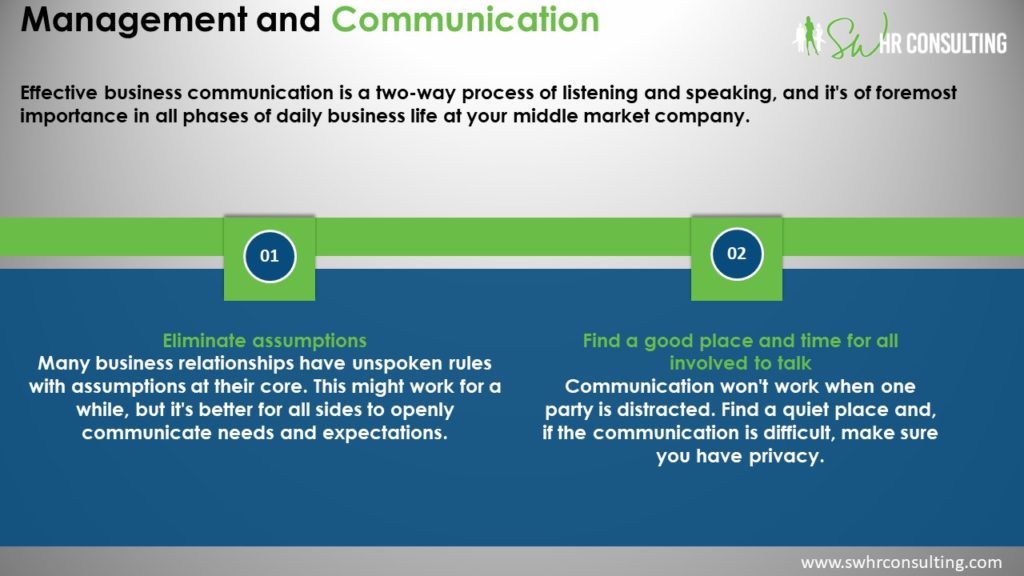
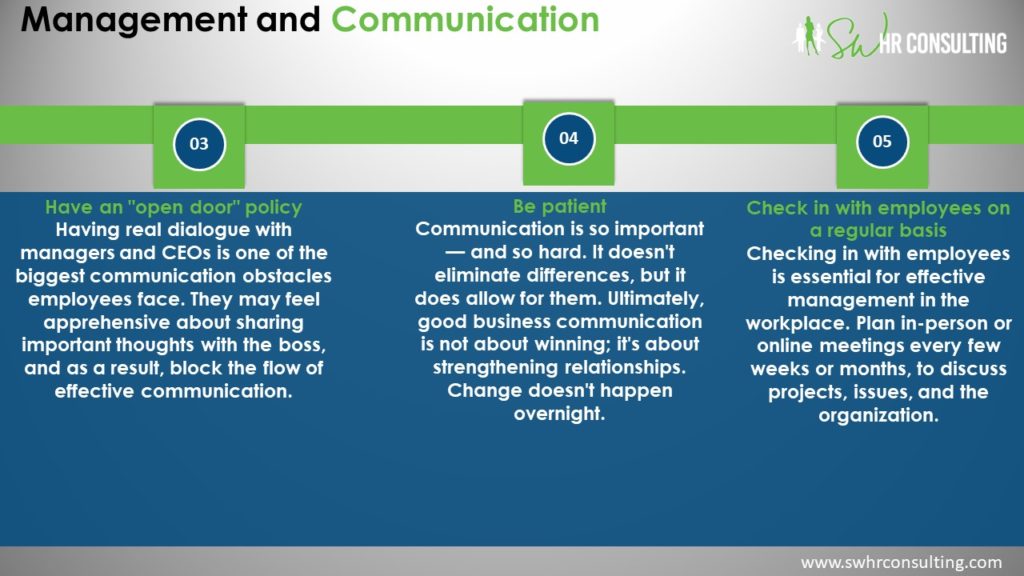
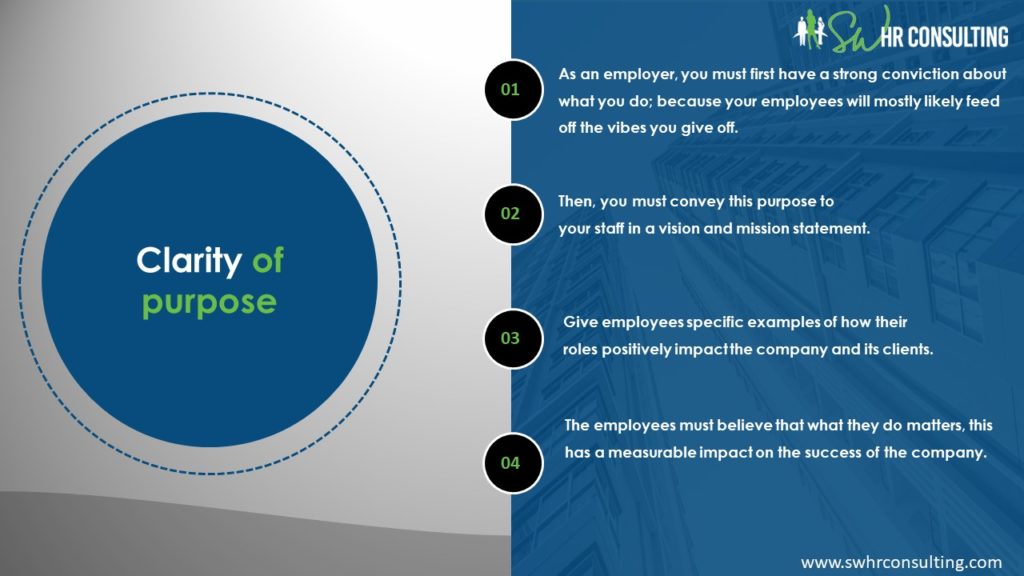

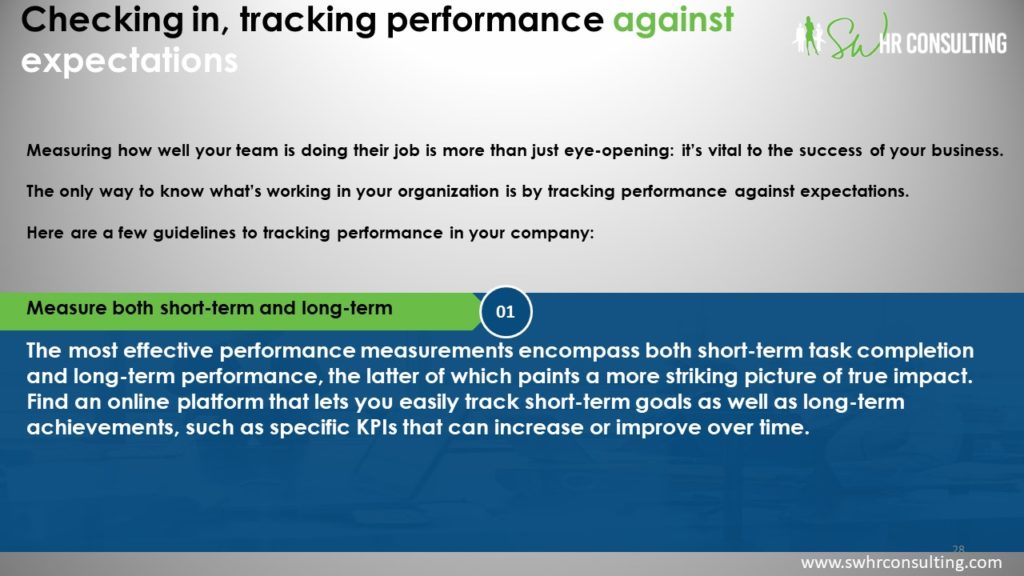
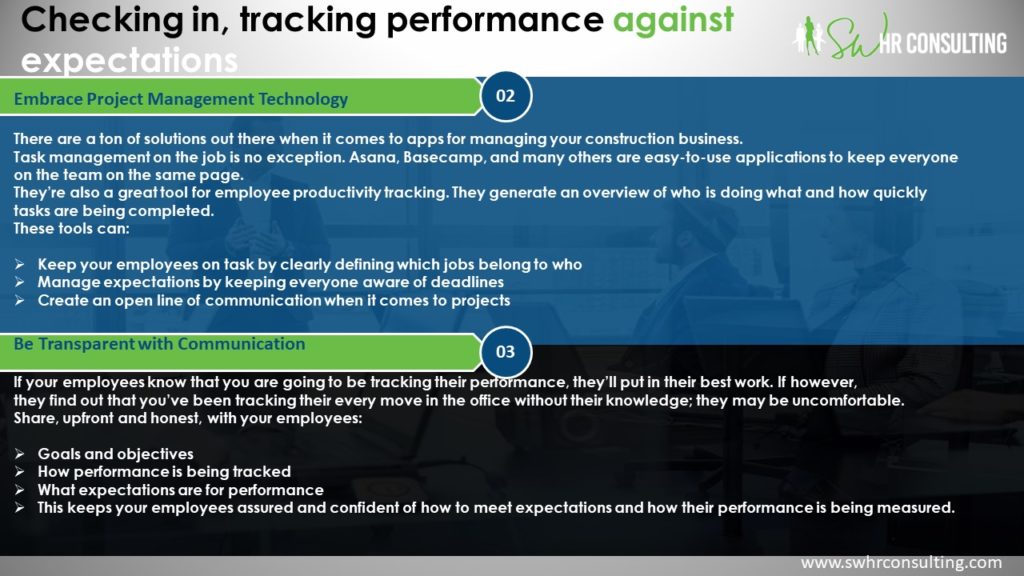

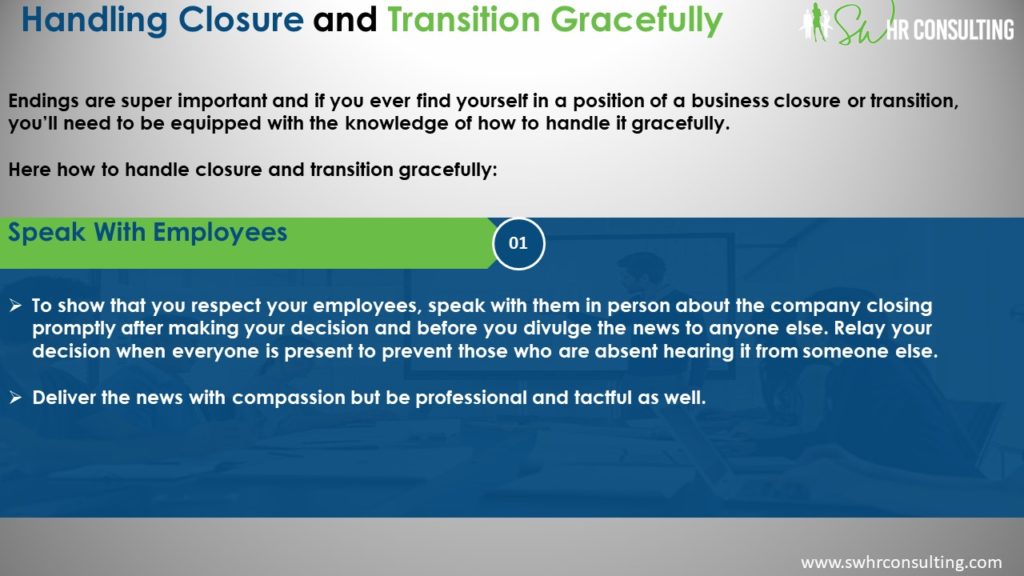
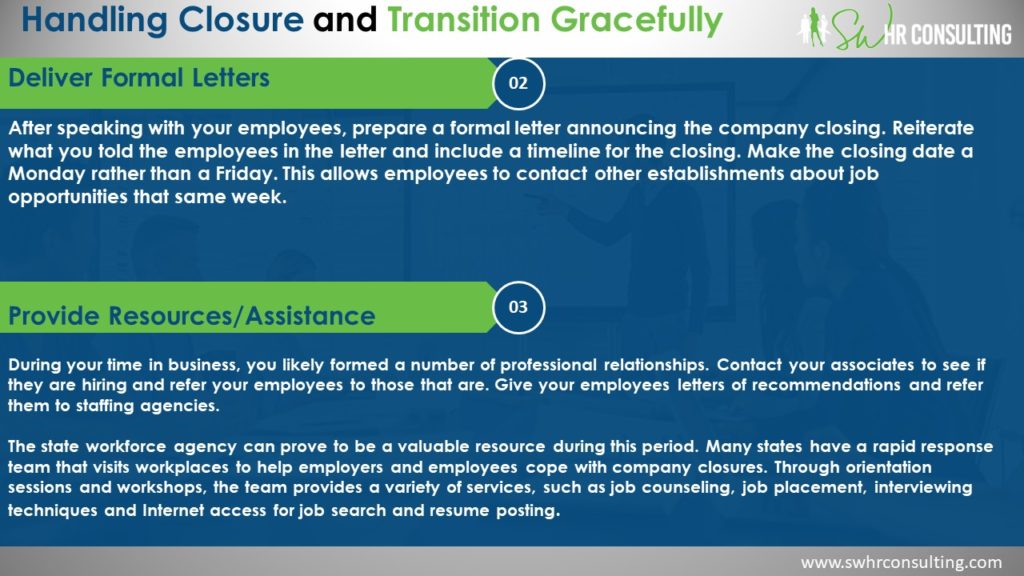

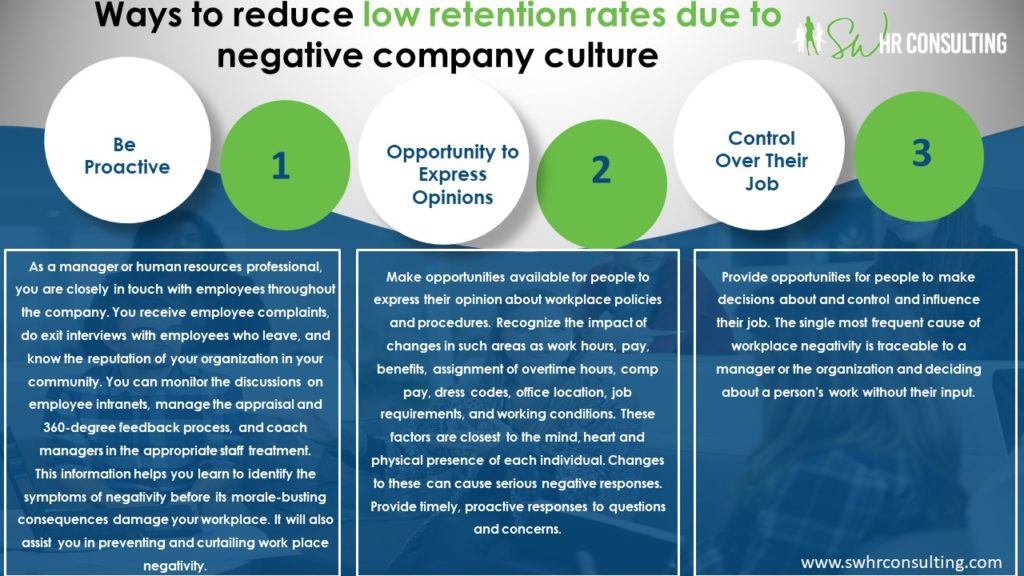
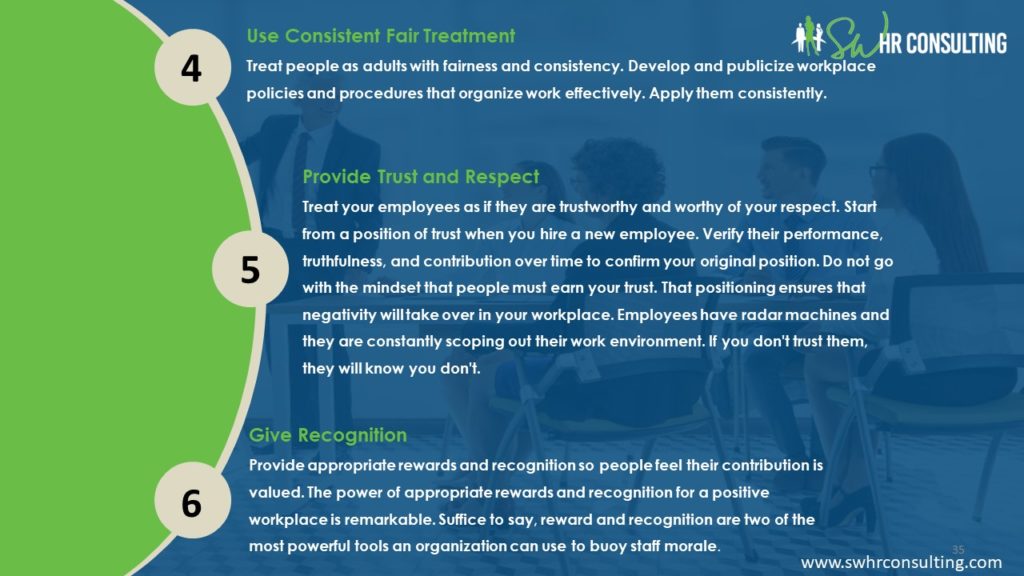

No Comments
Be the first to start a conversation